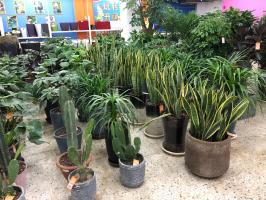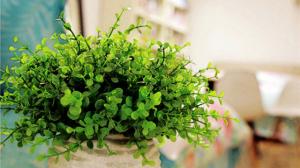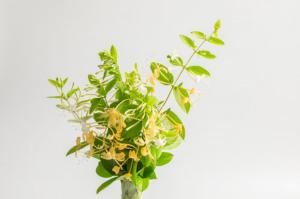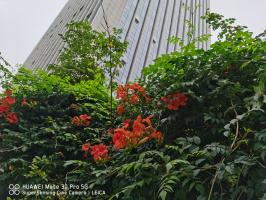What is water hyacinth plant?
Water hyacinth is a floating plant that is found in freshwater areas such as lakes, rivers, and ponds. This plant originates from South America, but has spread to other parts of the world and is now considered an invasive species.
Appearance of water hyacinth plant
The plant has dark green, shiny leaves that are covered in a waxy coating to repel water. The leaves are arranged in a rosette pattern, and the plant has long, spongy stems that can grow up to one meter in length. Water hyacinth also produces small, delicate flowers that are pale blue or purple in color.
Ecological impact of water hyacinth plant
Although water hyacinth is a beautiful plant, its rapid growth and spread can have negative effects on aquatic ecosystems. The plant can form thick mats on the surface of the water, blocking sunlight and reducing oxygen levels in the water. This can lead to the death of other plants and animals in the area.
Water hyacinth also disrupts the natural flow of water, which can lead to flooding and erosion. The plant can also clog water intake systems used for irrigation, hydroelectric power, and water treatment plants, causing significant damage to infrastructure.
Control measures for water hyacinth plant
The spread of water hyacinth can be controlled through a variety of measures. One effective method is to manually remove the plants from the water. This can be done through hand pulling or the use of specialized equipment such as weed harvesters.
Chemical treatments can also be used to control water hyacinth. Herbicides can be applied directly to the plant or through the water, but care must be taken to ensure that the chemical does not harm other plants or animals in the area. Biological control methods, such as introducing natural predators of the plant, have also been effective in some areas.
Uses of water hyacinth plant
Despite its negative ecological impact, water hyacinth has several uses. The plant can be used for composting, as it is rich in nutrients and can improve soil quality. The stems of the plant can also be used to make baskets, mats, and other handicrafts.
Water hyacinth can also be used for wastewater treatment. The plant is able to absorb large amounts of nutrients such as nitrogen and phosphorus, which can help to reduce nutrient pollution in the water.
Conclusion
While water hyacinth is a beautiful plant, its rapid growth and spread can have harmful effects on aquatic ecosystems. Effective control measures need to be implemented to prevent the spread of this invasive species. However, the plant also has several uses and can be utilized for composting, handicrafts, and wastewater treatment. Further research is needed to explore the full potential of this plant as a resource.

 how many times do yo...
how many times do yo... how many planted tre...
how many planted tre... how many pine trees ...
how many pine trees ... how many pecan trees...
how many pecan trees... how many plants comp...
how many plants comp... how many plants can ...
how many plants can ... how many plants and ...
how many plants and ... how many pepper plan...
how many pepper plan...































